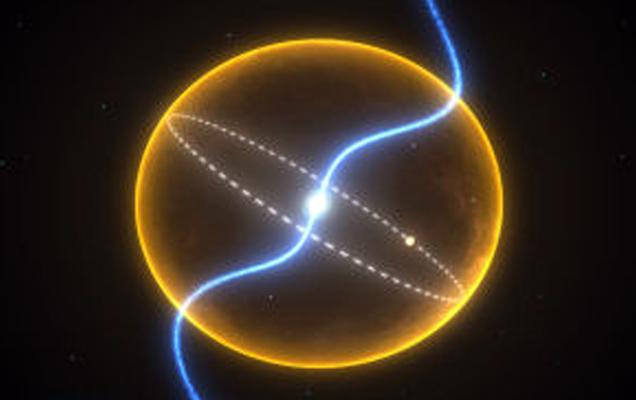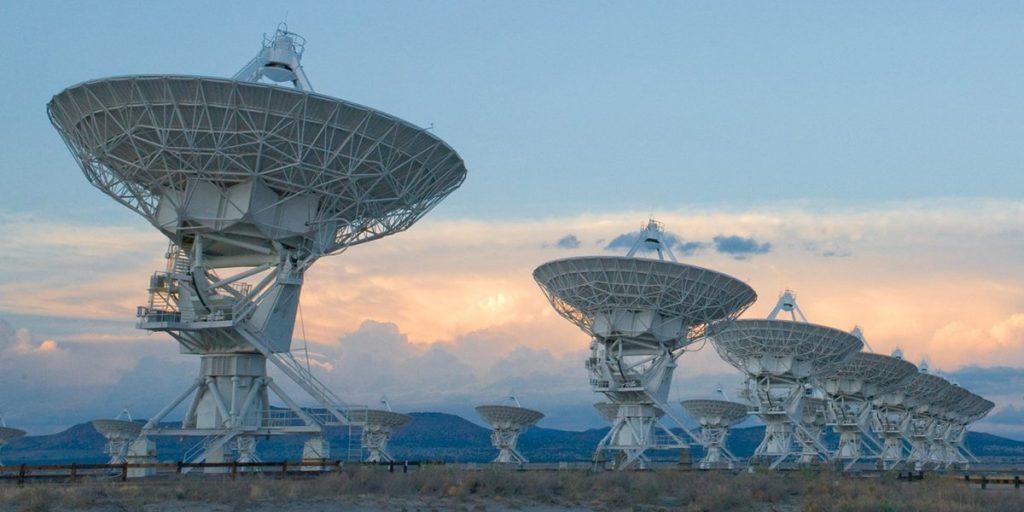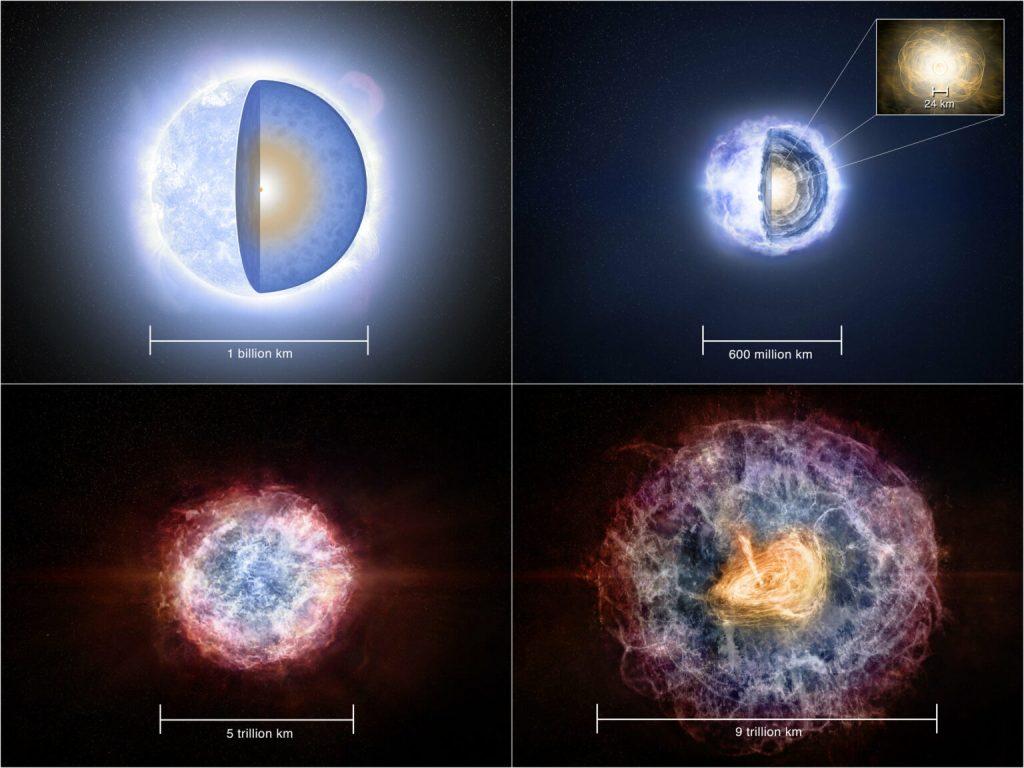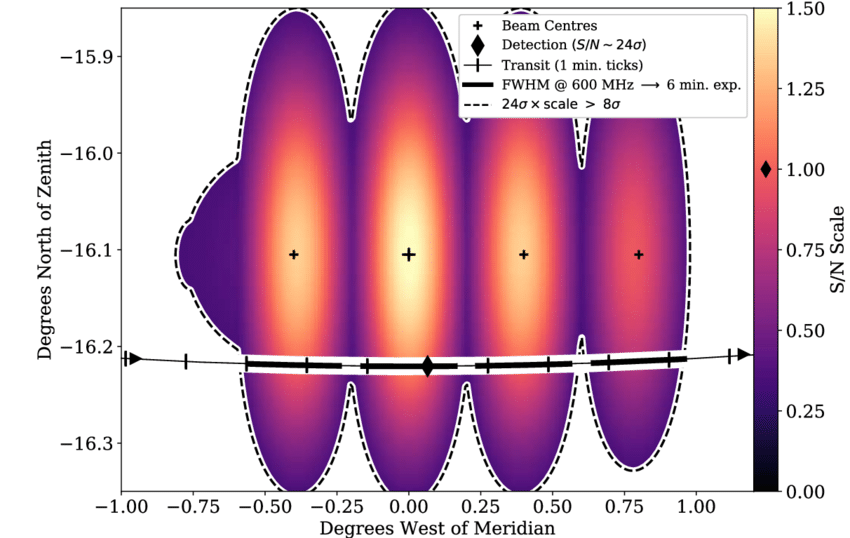
Scientists have discovered the world’s most powerful pulsar star. The pulsar, named VT 1137-0337, was discovered in a star cluster 395 million light-years from Earth. The radiation from this pulsar star is strong enough to push nearby particles to the speed of light.

The pulsar was discovered by the Very Large Array Sky Survey telescope observation project under the National Radio Astronomy Observatory in the US. The project’s telescopes are located in Socorro, New Mexico. After seven years of comprehensive observations, Pulsar was cut down.

The most famous is the Crab Nebula, a pulsar located in the constellation Taurus. The newly discovered pulsar is 10,000 times more powerful than the Crab Nebula,

Researchers said. It also has a stronger magnetic field. The pulsar star VT 1137-0337 is only eighty years old. In fact, it is the youngest pulsar ever discovered in the universe.

But some scientists are raising doubts that VT 1137-0337 is not a pulsar but belongs to another star class called magnetars. Neutron stars with extremely strong magnetic fields are considered magnetars. Pulsars are compact stars about the size of a city. But they have ten times the mass of the Sun. Humans first discovered pulsars in 1967. Pulsars emit two streams of radiation in opposite directions. They also create a flickering effect as they rotate rapidly on their own axis. As light emanates from lighthouses in harbors and the like.

Neutron stars form after a supernova explosion at the end of a star’s lifetime. But neutron stars with unique magnetic fields and rotations often become pulsars. In short, pulsars are death stars.





Recent Comments